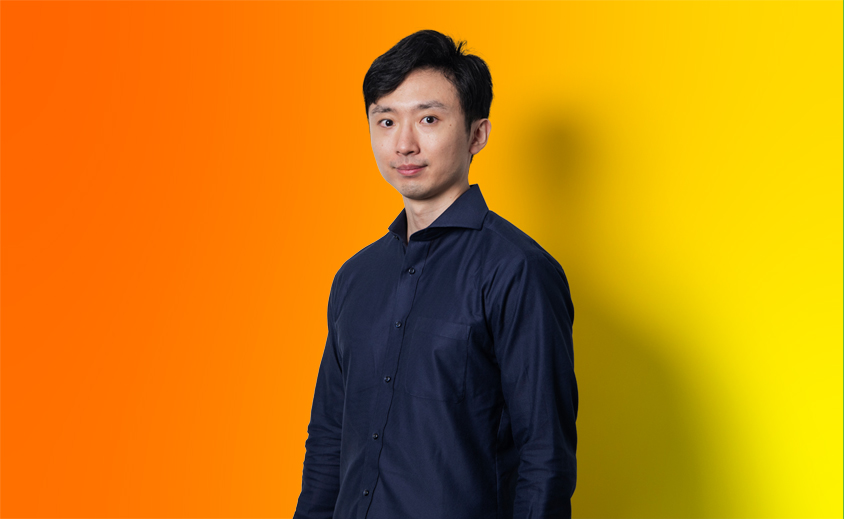Faced with global doctor shortages, patients are redefining how they access medical services
Fujitsu / September 12, 2022
The global crisis of access to medical services is putting strain on the patient-doctor relationship, says Jesus Castellano Alarcon, Healthcare Business Consultant, Fujitsu Healthy Living, Spain. He looks at how technology can help realign patients’ needs for access with the current shortage of medical practitioners.
The patient-doctor relationship has evolved
At a time when there are fewer doctors globally and a stable or growing level of demand from patients, some physicians are still fighting a rear-guard action to preserve authority over patients’ treatments. But that battle is over.
The individual is no longer a passive consumer of medical services but feels empowered and unconstrained in their choices. Patients now expect to make the final decisions about their healthcare — they’ll listen to advise but not be told what to do.
Technology did not create this shift, but it has accelerated it. Once only available to qualified practitioners, medical information is now freely available via the internet. All doctors know (and many dread) the “Dr. Google” scenario — patients arriving with a self-diagnosis from various web sources or social media.
While some of the “facts” brought to the surgery by patients are incomplete or sometimes bogus, the fact is that medical knowledge — much of it accurate and trustworthy — is now widely available. Responsible, commercially operated websites such as WebMD take the trouble to present accurate information in a non-alarmist fashion. And many national medical services now routinely provide extensive online information resources, such as the UK’s National Health Service website.

The patient in the driving Seat
The growing scarcity of medical access
At a time of crisis of access to medical care, is it any surprise that patients are taking the initiative?
Around the world, medical services are finding it harder and harder to keep up with the demand for primary care surgeries, appointments with specialists to investigate more complicated cases, and on-demand access to emergency services.
The pandemic put extraordinary strain on these services, resulting in widespread burnout among practitioners. The necessity to catch up on caseload backlogs caused by the pandemic and the continuing effects of the pandemic — usually called “long-Covid” — mean that demand continues to rise— as do increasing populations resulting from birth rates or migration.
At just the time when demand is escalating, more and more doctors are retiring, not just because of burnout. There is also a demographic bulge as many GPs (general practitioners) reach retirement age. In the UK, for example, data from NHS Digital shows England has lost almost 1,600 full-time equivalent GPs, from a total of about 30,000, between 2015 and today. While that indicates an attrition rate of about 225 annually, the speed of decline appears to be increasing rapidly, with 369 leaving in the single year to March 2022, representing 1.3% of the total GP workforce.
Training new doctors has been stepped up globally as a response. But with a six- to seven-year delay typical before new medical graduates come on stream, longer for specialists, and constraints on trainee numbers due to the lack of availability of training places, this is not a quick fix. Again, taking the UK as a benchmark, the government has increased its GP training target for 2024 to 6,000 but has also admitted it is not on track to meet it.

Create a ‘reboot’ in consumer trust.
Helping physicians address resource bottlenecks
Suppose increasing rationing of access to medical practitioners has been countered by patients turning to easily accessible available information online. In that case, technology also has something to contribute to addressing the current bottleneck in supply and demand.
Telemedicine, for example, addresses endemic shortages in staffing and newer measures on social distancing. The lockdown period threatened to disrupt treatment for conditions outside the urgent support for COVID-19 symptoms. Thankfully, the increased availability of purpose-built video conferencing apps helped close the gap and keep regular health services running under challenging circumstances. Outside of pandemic circumstances, telemedicine allows the individual to fit treatments around other priorities and can support marginalized groups (such as the vulnerable and infirm) to get treatment when needed.
Going one step beyond telemedicine for diagnosis, not all healthcare treatment must be provided at a hospital or health center. There is an emerging transition towards hospital-at-home as the primary care route, where patients participate in their health problems more actively by providing collaborative monitoring tools and the motivation to stay in contact with their treatment plan.
Endemic shortages in staffing and newer measures on social distancing are putting significant pressure on care models that involve frequent visits and checkups on patients with acute or chronic conditions. For ongoing treatment, remote monitoring of vital signs and symptoms — informed by the physician’s knowledge of patients’ existing conditions, such as diabetes and allergies, can reassure patients and provide early warning when direct intervention is necessary.
Wearables and the behavioral data they generate from remote monitoring can provide evidence of a healthy lifestyle, for example, to allow continuous underwriting in insurance coverage or to provide real-time information on their health and quality of life to their care provider.
While medical experts still play an essential role in directing patients towards the best care, much of the everyday treatment involves buy-in from the patient themselves. Digital therapeutics offer software-based therapies that can be accessed by the patient through health and wellness apps, helping the individual track progress in real-time and control alerts and reminders. Examples include insulin pumps, blood glucose meters and IoT devices to track progress in various physical, mental and behavioral conditions.
Other examples include adopting a data-driven approach to enable peak efficiency, for instance, in operating theatres.

Allow a shift to patient self-monitoring.
Humanized and personalized healthcare
Technology and the data it renders accessible also enable greater insights into what’s optimum for us as individuals.
This can be about the very process of engagement with the medical system. Better integrated systems and data can transform the patient-user experience (UX) by replacing fragmented, paper and phone-based processes to create a smoother, more connected experience across different health-related services.
Increasing visibility into patients’ genomic data, such as DNA sequencing to identify genetic variants that have known impacts on health and disease, helps tackle issues before they’ve even manifested as health complaints. Precision medicine uses information about an individual’s genes or proteins to help prevent, diagnose, or treat diseases.
The shift from a world where practitioners had complete authority over decisions to one where patients make informed personal choices is nearly complete. There is little chance the direction of travel is going to shift back again.
Most physicians recognize this. In most cases, there will be little misalignment between what they recommend and what patients decide to do. After all, individuals want to resolve or manage illness at the earliest opportunity. In contrast, health services want to reduce the pressure on their services by avoiding situations where routine illnesses become more severe.
The technology already exists to deliver these needs successfully. To go deeper into these solutions, read our new whitepaper Humanizing healthcare and its 4-point plan to deliver change that addresses today’s bottleneck in medical access.

A personalized, predictive, preventive and participatory health service.

Editor's Picks











